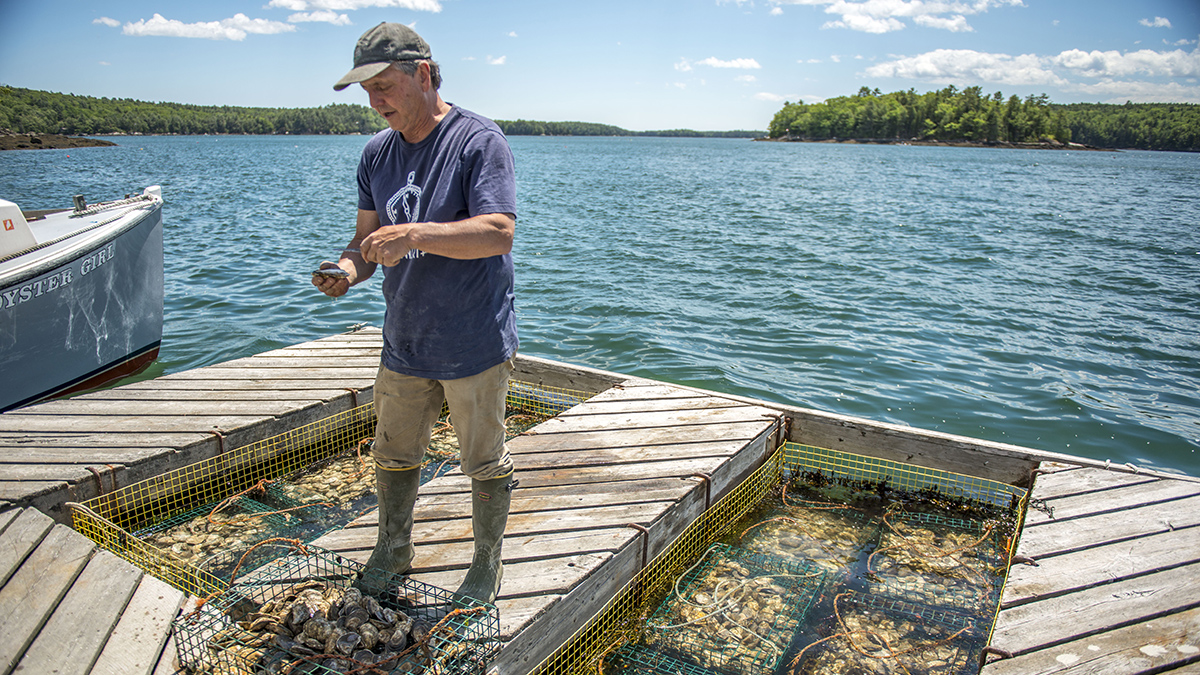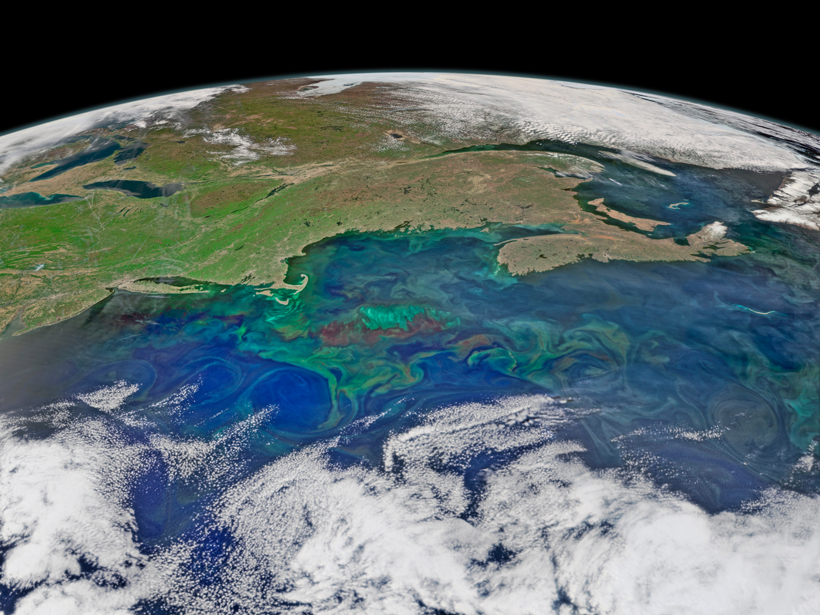Scientists constructed a 100-year history of acidity in the Gulf of Maine. They expected coastal variability but were surprised by what they didn’t find: a strong anthropogenic signal.
Gulf of Maine
Posted inFeatures
Windjamming on the Warming Gulf of Maine
Living in Geologic Time: A sailing venture reveals economic upheaval along Maine’s enduring coast.
Posted inFeatures
Why Is the Gulf of Maine Warming Faster Than 99% of the Ocean?
The Gulf of Maine’s location at the meeting point of two major currents, as well as its shallow depth and shape, makes it especially susceptible to warming.
Posted inResearch Spotlights
How Climate Change Affects the Flow of Carbon from Land to Sea
Changes in precipitation and runoff in New England may be driving more dissolved organic carbon into the Gulf of Maine.




